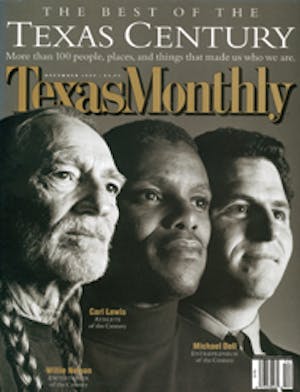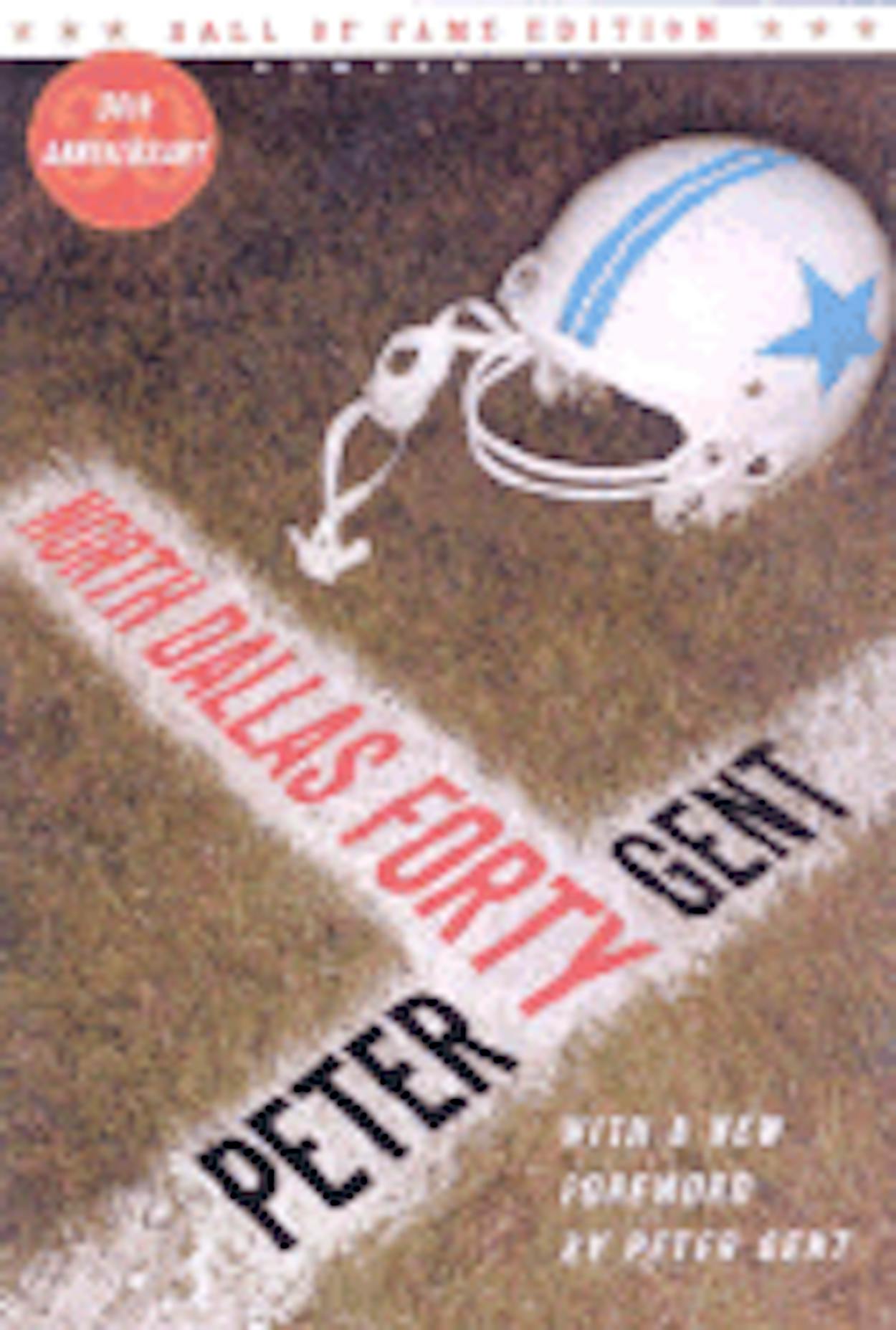In 1973, when pro football was exploding in popularity, Peter Gent blitzed the sport with his book North Dallas Forty. Though novels had been written about pro football before, none possessed the authority that he brought to the subject. Gent, who had been a basketball star in college, played wide receiver for the Dallas Cowboys from 1964 to 1968 before leaving the game for good the next year.
Gent’s roman à clef features several recognizable figures from the Cowboys of the late sixties: B.A., a cold, pious, by-the-numbers coach based on Tom Landry; Seth Maxwell, a hard-drinking, country-and-western-singing quarterback modeled on Don Meredith; and Phil Elliott, Gent’s surrogate and narrator. Cowboy fans will be able to identify many more players from that era, including Roger Staubach, Duane Thomas, and Bob Hayes. Even acclaimed novelist Billy Lee Brammer, who wrote The Gay Place, makes a cameo appearance as hipster dope dealer Harvey Le Roi Belding.
The novel moves day by day through a week in the life of a pro football player. There is a drunken, dangerous dove hunting trip; several wild parties featuring copious amounts of drinking and drug taking; plenty of insider information about athletes, medicine, and psychology; and an expertly and tautly narrated game in which Elliott scores two touchdowns in a losing effort. What is most memorable, however, is the physical pain limned in highly kinetic detail. Elliott takes 45 minutes to an hour to get out of bed every morning, and he and Seth Maxwell spend much of their time medicating themselves and going through rehab to get their ravaged bodies ready for game day. Pain, drugs, and the ruthlessness of pro football as a business are the themes of the novel. But what is also striking is how Gent conveys the joy of sport and athleticism conducted at such a high level. North Dallas Forty is full of striking passages that celebrate the purity of athletics against the hypocrisy of front offices interested only in a player’s value to the team and the ability to win on Sunday at any cost.
At the same time that Gent vividly details the inner workings of a pro football organization, he also captures a Dallas still living in the shadow of the Kennedy assassination, a city that is reactionary in social and racial policies but one that is also undergoing an explosion of economic growth in a state that is rapidly giving way to urbanization. Gent’s depiction of the clash between America’s Team and a counterculture fueled by drugs, music, and opposition to the war in Vietnam makes his book a window on that period of our culture. And though his indictment of team doctors who cavalierly administered painkillers and players who were given to off-field instances of drug use and physical violence seemed shocking at the time, subsequent years of sensational headlines about the behavior of some athletes have made North Dallas Forty seem both accurate and prophetic.







